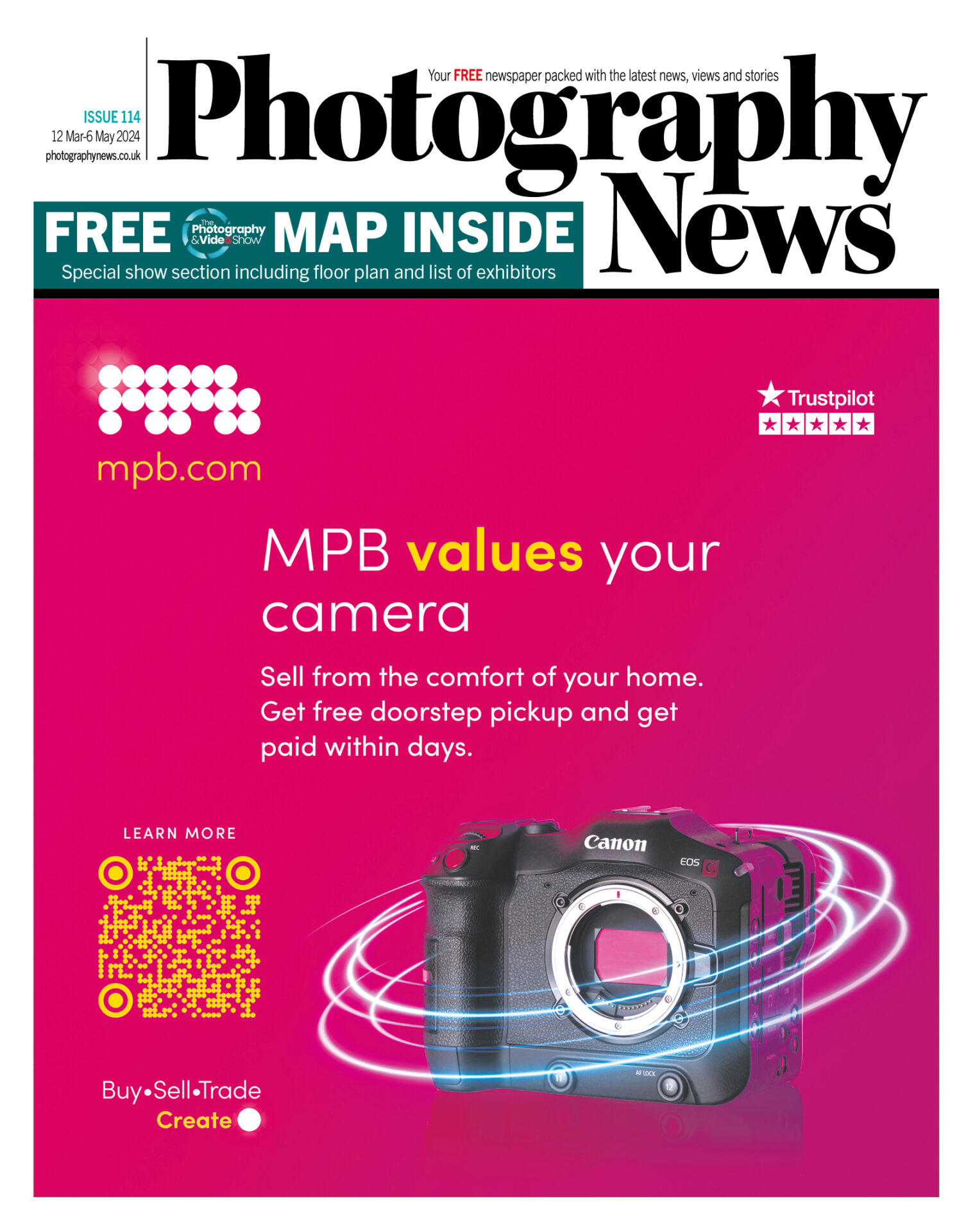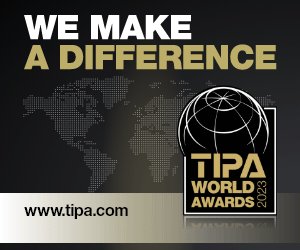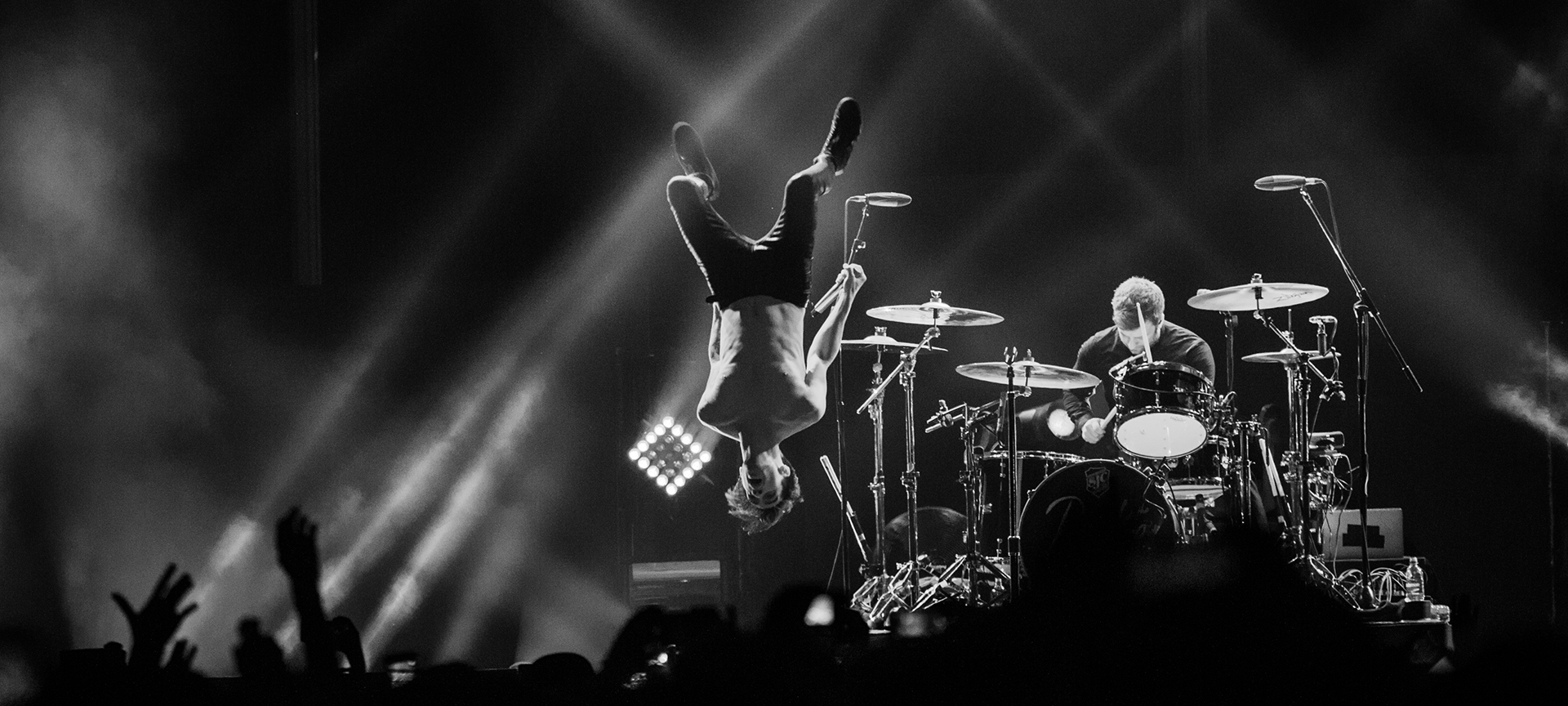
Photographing your first event
Taking your first steps into event photography? Then read on for advice and tips from those in the know: Mike Weeks of Dorset Event Photography and Corinne Cumming of Captured by Corinne.
1. Getting your first job
“Do not start until you have a portfolio you can show to potential clients, and do not take on events that are beyond your capabilities,” advises Mike. “Many of us have heard of tales of one man and his dog attending an event that we might have a team of seven or eight at – that does two things: firstly, you will not be back and secondly, others may not get asked – none of us need that.” Corinne adds: “Start out confident in your own abilities. When I started I actually turned down jobs because I thought I couldn’t do it to the standard I wanted.”
Next, think about the jobs. People book people, not random mailings. Most of us have an ‘in’ that we do not think about, be that a mother and toddler group, sports team or venue. List the people and organisations you know, and work through them to get your first jobs. Don’t see these people as income, view them as invaluable learning tools. “I have taken on some events just to learn,” says Mike, “and as long as I do not make a loss so much the better.”
Don’t miss any opportunity. Corinne’s first event came through a contact she met when she was working as an in-house photographer for Bankrupt Records. That contact promoted club nights, but also ran events, such as corporate get-togethers and Christmas parties.
“If you’re commissioned directly by an events organiser to supply them the images, they’ll expect a quote”
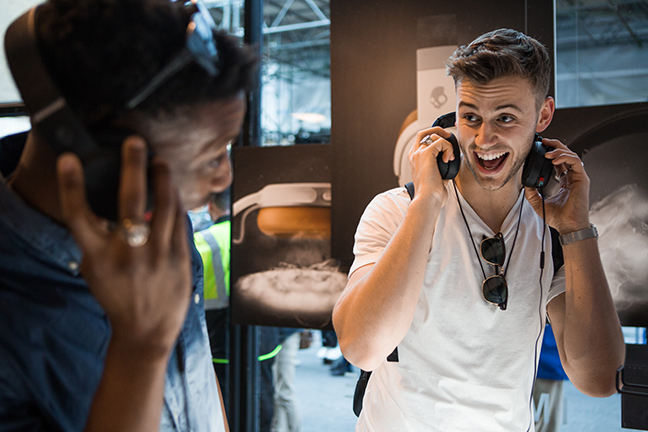
© Corinne Cumming
2. In full view
Experienced event photographers say that if you can sell when the event is happening, you will get your best sales. When the customer takes your business card and says they will look later, that can translate into a loss of 80% of your sales.
“I take a 32in TV as a second monitor, making it far easier for clients and their friends to see,” explains Mike. “Many programs such as Lightroom have a built-in second monitor view available that has no toolbars on it. My personal choice is a program called Darkroom that was written for event photography.”
Some events suit the viewing screen model and others are better just with manned sales stations; according to Mike, that’s the kind of decision that comes with experience.
Another option is to offer a web gallery. Mike believes “that most events benefit from having both on-site and off-site sales. If it is a special one-time occasion then people may be prepared to wait for the images to appear – however it is quite common to receive an email asking when the prom photos will be online and I am still packing up. I try to get all images uploaded before leaving the event, whilst the excitement is still in the client’s mind.”
There are obviously events where it will not be convenient for people to purchase, such as a triathlon; triathletes have no pockets for cash and just want to get home straight after an event. It’s at times like these an online gallery and purchasing options are invaluable. For much of Corinne’s work, it’s a different scenario. She’s often booked to shoot an event, such as a launch, and to supply the images direct to the client afterwards. “I have a 48-hour policy,” she explains. “I find that policy actually gets me jobs.”
3. Repeat business
“What we need is to be getting repeat business,” says Mike, “ie. the school booking you the following year for the prom.”
To get this repeat business, you have to do a good job. This is where having the knowledge of a sport or a good understanding of how to pose people makes a difference.
Developing relationships and networking will also help. Make contact with venue staff, if it’s an organiser who booked you.
And don’t forget your business cards. “Make sure they’re specific to what you’re shooting,” urges Corinne. “Nobody wants to meet you at a corporate event and for you to hand them a business card with a picture of a naked woman from a boudoir shoot.”
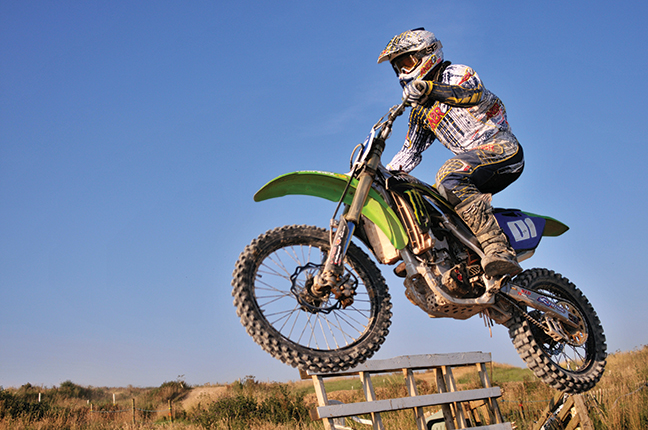
© Mike Weeks
4. The dosh
Until recently the options for on-site payments were limited. Cash was the simplest, cheques involved a trip to the bank and the fear that they might bounce, while card payment was often expensive. iZettle changed that. And now there are other options such as PayPal Here, and Worldpay offers a pay-as-you-go mobile terminal with roving SIM.
The other side to taking payments is that you need to price to sell. Look at how the supermarkets advertise special deals in prominent positions. Presently the limit on contactless payments is £30 so having packages at that price can make for very swift transactions. “Typically my prices online are higher than on site,” says Mike, “and I let the customers know this because I really want to have the job finished on the day.”
5. Money, money, money
If you’re selling prints on the day or online direct to event goers, then consider your costs to set your prices. Suppose you get a printer including a box of media (360 prints) for £1000 and you factor in strut mounts and bags (these take a print and turn it into a product) for £140, and you sell at £10 each and also offer a buy two, get one free deal. That brings in £2400, from which £1260 is profit (well, after you calculate what your time is worth).
If you’re commissioned directly by an event organiser to supply them the images, as Corinne often is, they’ll expect a quote. “When I send out my quotes, I include my editing time,” she explains. “When I quote for a job, I say this is how much it is for the time at the venue and for my editing time, and for every hour outside of that, this is how much more it will cost.”
Take account of wear and tear, too, and how much your insurance costs.
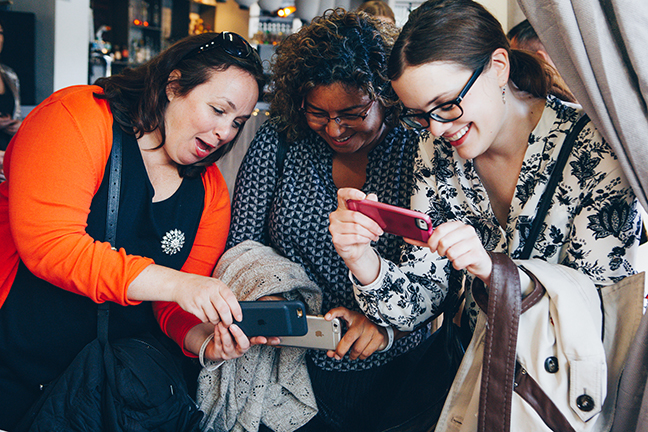
© Corinne Cumming
6. Legally speaking
Make sure your insurance is adequate; this could involve public liability, professional indemnity and/or employers’ liability insurances.
Some clients will insist you have public liability, says Corinne. “If I were to shoot for Festival Republic, they ask you to have something like £5 million insurance. It’d be really bad if you were walking across a stage and pulled something out of the wall and it fried all the electrics.”
Professional indemnity insurance covers you if you have a mechanical or technical failure and you can’t supply the images, while you only need employers’ liability when you employ others.
“You need to make yourself obvious or you won’t be asked to take any photographs – or make any sales”
7. The Housewife
“When I was in the Army,” says Mike, “one of the essential pieces of kit was a Housewife, which was a small bundle of cotton, needles etc. to carry out small repairs. Now I have a toolbox containing things such as string, tape, scissors, plasters, a book of raffle tickets, spare batteries and many other little items that I might find useful, but also that others might need. Do a small favour for an organiser and generally it is not forgotten.”
8. Presence
Mike recalls being at a Law Society ball stood in front of the backdrop with the lights to the side and his camera around his neck and being asked if he was the photographer. His story neatly demonstrates that you need to make yourself obvious or you won’t be asked to take any photographs – or generate any sales. Mike advises advertising banners, which can double as shields for your lights, and asking the DJ or MC to announce what you are doing at the beginning and during the event. Later in the event, it can also be worthwhile getting them to announce that you are closing which often brings in last-minute punters. Before the event, ask the organiser to list your services on the menu, schedule or itinerary.
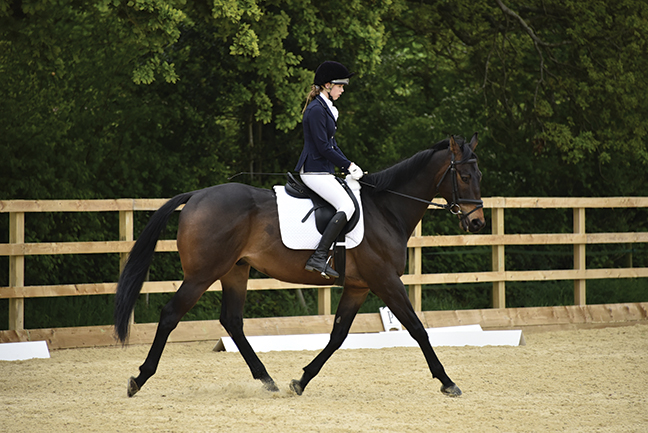
© Mike Weeks
9. Time is money
“Most event photographers start with a 9x6in dye-sub printer,” says Mike, “and with deals etc. you should get a new machine for between £800 and £1000 including enough media to start you off – it really is the fast food option of the photographic world.”
With a dye-sub, you can be showing a client an image on screen and print it in seconds, while they wait – it could be enough to get you the sale. If they have to come back later in the event, or have to wait until after the event, they might think twice.
10. Next steps
Once you are developing your skills and getting contacts, you can broadcast your message further. “One of the best methods is social media,” says Mike. “Post regularly and show your work; tag and share where you can.”
Watermark your images with your name and contact details so people can find you, and share relevant images to the venue’s page and the client’s page, linking back to your sales gallery, of course.
“If you prosper, what happens is that generally you step away from doing as much photography and start to become a facilitator,” explains Mike, “putting everything in place for the rest of your team to produce and sell the images. Hopefully that is something you can worry about later.”
As featured in Professional Photo magazine, issue 134.




